Here's what could happen to America's hundreds of dead malls
Before: The department store

After: Fitness centers, churches, medical clinics, and data centers

Closed department stores will most likely become other businesses that could benefit from the large square footage, such as fitness centers, churches, offices, public libraries, and even medical clinics, Williamson says.
The number of walk-in clinics in malls rose by 15% from 2011 to 2016, and a third of all urgent cares are now inside shopping centers, according to the Urgent Care Association of America.
In 2007, the 100 Oaks Mall redeveloped one of its department stores into the Vanderbilt University Medical Center, which leased over half of 850,000-square-foot building. (The other half is still retail space.)
In late 2016, the Milpitas Planning Commission in California also approved a plan to turn the abandoned department store in the Milpitas Town Center into a 24-hour gym.
Before: The food court

Retail stores are not the only mall businesses that are struggling — those in the food court are having a hard time, too.
In 2014, Sbarro, the Italian chain that was a food-court staple, filed for bankruptcy protection and closed 155 of its 400 North American locations, most of which were in malls.
The New York Times reported at the time: "The company is in financial trouble because one of its big bets on real estate — that Americans will keep going to mall food courts en masse — has turned out to be wrong."
After: Art galleries and community gathering spaces
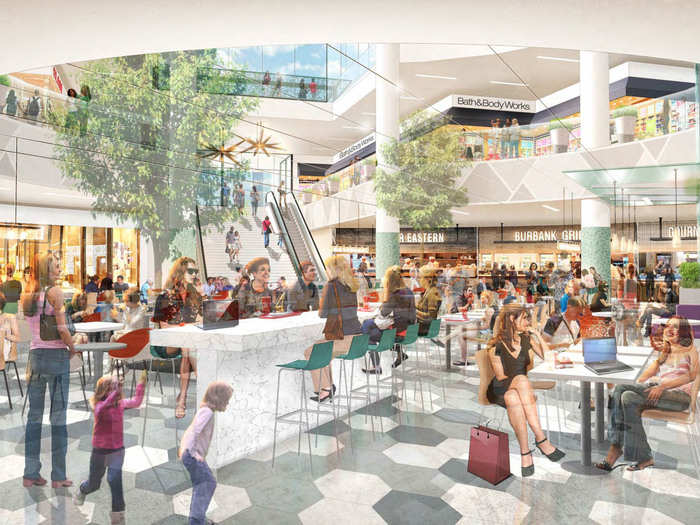
Since most food courts have a lot of natural light, they could be used as gathering spaces for community groups or daycare centers if they closed down, Williamson says.
Some food courts, however, are redeveloping into clusters of higher-priced restaurants. Miami's Aventura Mall closed its food court to develop more restaurants and shops, which are expected to open this fall.
Before: The atrium
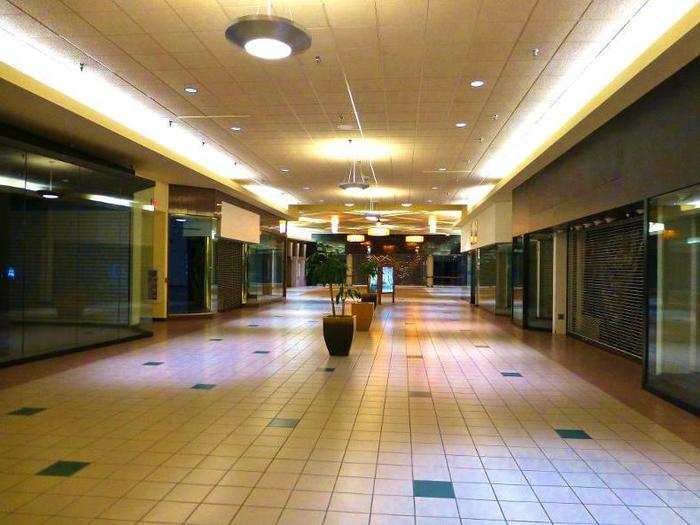
When a mall doesn't draw a ton of shoppers, the atrium becomes an underutilized space — and the owner is still paying the lease.
After: Car showrooms and event spaces
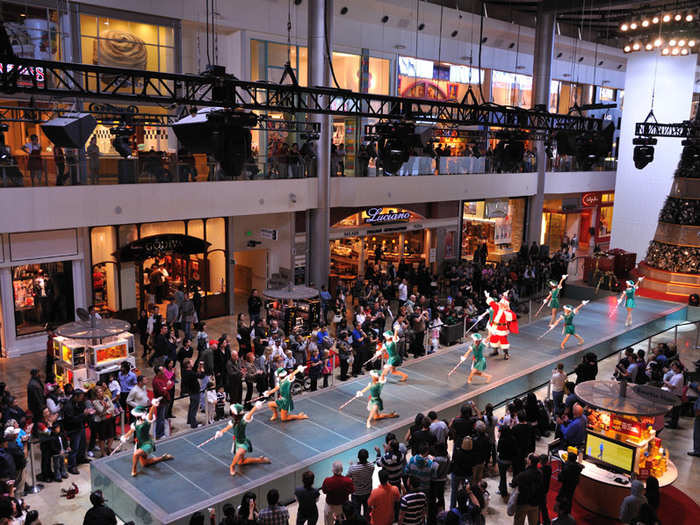
Mall atriums are wide open spaces that can allow for events like concerts or fashion shows, or serve as car showrooms — all of which generate revenue, Williamson says.
In 2000, the atrium at Penn-Can Mall in Syracuse, New York, turned into a car dealership called Driver's Village. Today, the only retail spaces in the mall are a café, a space for children's parties, an auto-accessory store, and insurance companies.
Toronto's largely abandoned Galleria Mall has come up with another clever use for its atrium: hosting dance parties. Vice reports that the mall periodically turns itself into a club called Shoppers Dance Mart.
Before: Shops
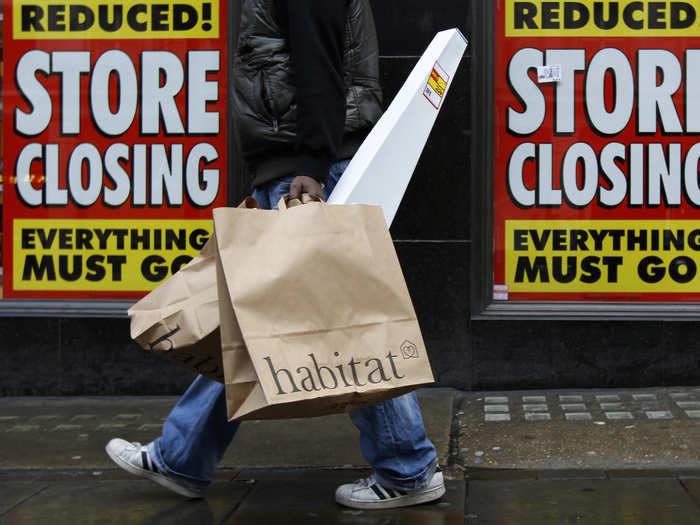
In the 1990s, the average American shopper would spend hours in a mall, but now people barely stay for an hour, David Smiley, the assistant director of Columbia University's urban-design graduate program, told Business Insider.
When so-called anchor stores pull out of a mall, the leases for the other smaller stores often become too high, so they relocate or close.
After: Apartments, art galleries, indoor farms, classrooms, and public libraries
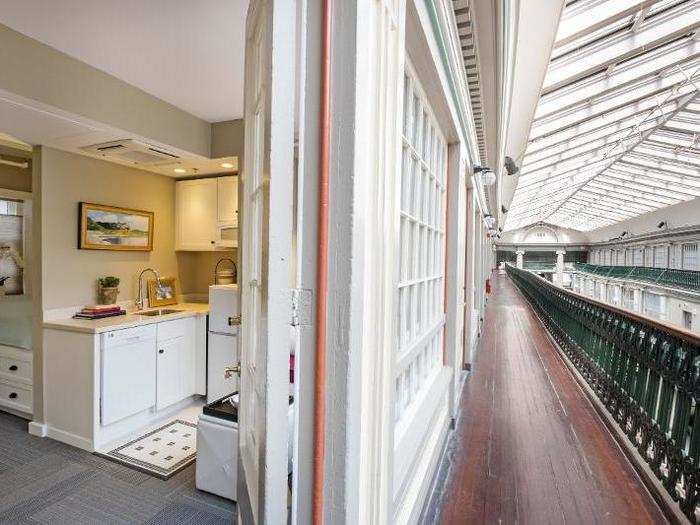
Many dead retail spaces, Williamson says, will most likely morph into businesses that have community functions, such as apartments, public libraries, indoor farms, and refrigerated spaces for processing food for local restaurants or grocery stores.
"You'll find DMVs, town halls, and libraries in malls increasingly — the type of place where the public government can interact with the public," Williamson said.
Some public spaces like libraries don't bring in much in rent, so they mainly serve as a way to attract people to the mall, she says.
"If the mall owners can't keep the place fully leased, this at least keeps people coming who could keep the other lessees from fleeing," she said. "The Main Street was killed by the mall, so developers are trying to build new downtowns inside the malls."
In St. Louis, one large store in the Chesterfield Mall became the Children's Illustrated Art Museum and a puppet theater, while another in the CoolSprings Galleria in Franklin, Tennessee, turned into a gallery that showcases local artists.
The three-story Providence Arcade in Rhode Island — America's oldest mall — transformed most of its shops into 48 micro-apartments in 2016, with a hair salon and cafés still on the ground floor. Similarly, New York's White Plains Mall may be torn down and redeveloped into a 20-story residential tower within the next five years.
Smiley says that if a mall is being redeveloped into housing, most of the building usually will be demolished. Most malls have little plumbing and electrical capacity, which residential buildings demand.
Before: The parking lot
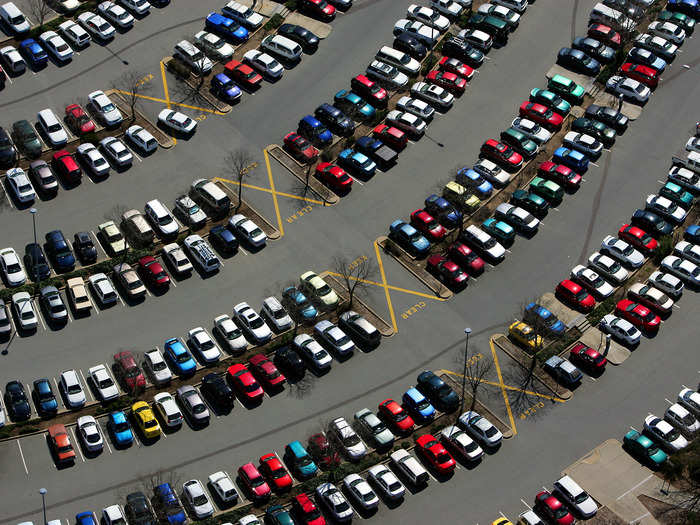
Huge amounts of surface-level parking can cost malls money and space that they could use for other businesses that bring in revenue, according to the Urban Land Institute. Large lots are also more susceptible to flooding.
Surface-level parking in the US can cost from $670 to $3,300 annually per space, depending on the location and land costs — in suburban areas, the average is about $900 — according to a recent report by the Victoria Transport Policy Institute.
After: Housing, farmers markets, walking paths, and plazas

Malls may increasingly turn their surface parking lots into space that emphasizes walking rather than driving. In some ways, this would be a nod to the original intended use of a mall, Smiley says. Until the 1960s, shopping centers had green plazas called "malls," which became a term for the enclosed center itself.
"The genealogy of the word 'mall' is a landscape term — a pedestrian space," Williamson said. "But we've co-opted that term and linked it to retail."
Williamson predicts that in the coming years, many malls will downsize their amount of surface parking and turn it into public spaces that could benefit communities.
Everett Mall in Washington, for example, hosts a weekly farmers market in its parking lot. And in Seattle, Northgate devoted its two southern parking quadrants to a condo building for residents 55 and up. The Smith Haven Mall in Lake Grove, New York, holds a summer concert series in its parking lot every year.
Other malls are transforming into what Williamson calls "ethnic malls."
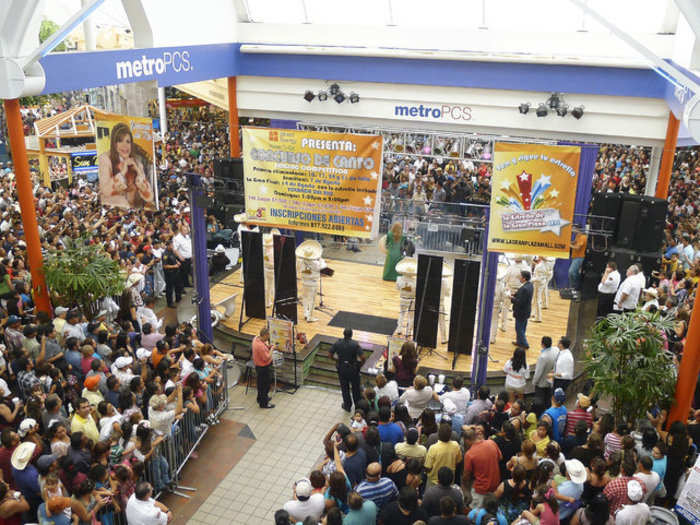
Williamson describes ethnic malls as shopping centers that target a specific ethnic demographic in a community. She says this type of customized mall can thrive more than a traditional mall because it better meets local shoppers' needs.
In Fort Worth, Texas, in the mid-2000s, Seminary South Shopping Center turned into La Gran Plaza, a mall aimed at the city's Hispanic community. Instead of a food court with mega-chains like McDonald's and KFC, it now features local purveyors that serve Latin food.
Some stores were broken up into smaller retail spaces, where people can send money abroad, make travel arrangements, and find Spanish-speaking lawyers. One of the department stores also turned into a dance hall, where teen girls can throw quinceañeras.
Another common mall evolution is into a "destination mall."
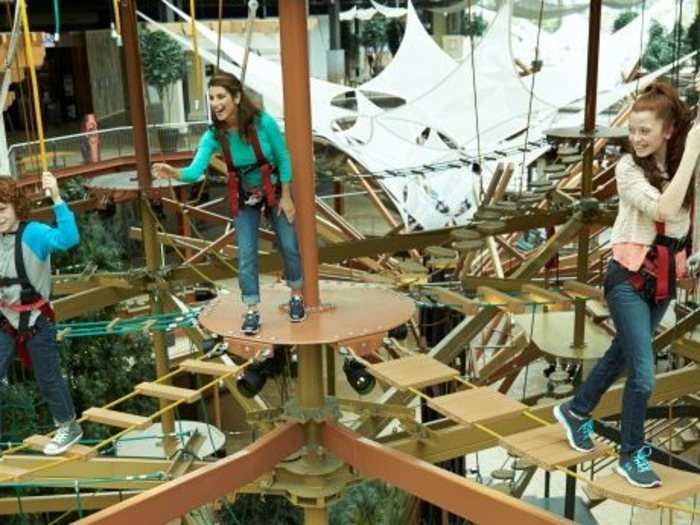
Unlike small suburban centers aimed at shoppers who live nearby, destination malls look to attract shoppers from the entire region.
To subsidize regular retail shops, destination malls, also called super regional malls or lifestyle centers, use experiential attractions like movie theaters, bars, casinos, restaurants, rock climbing walls, laser tag, and even roller coasters.
"The emergence of entertainment as part of the shopping mall is becoming very important," Smiley said. "It keeps people in the center longer. And even if they weren't going to shop for something, they get lured in."
In 2012 and 2013, the Carousel Center in Syracuse, New York, rebranded as Destiny USA and added higher-end restaurants, IMAX screens, an arcade, and indoor go-carting and obstacle courses. The mall said it expected 29 million visits to the 2.4 million-square-foot complex in 2015.
Developers in New Jersey are also building a mega-mall called American Dream Meadowlands that will include a Nickelodeon theme park similar to the one at Minnesota's Mall of America. It's expected to open in 2018.
"People will drive miles to these malls because they will be destinations," Williamson said.
Popular Right Now
Popular Keywords
Advertisement